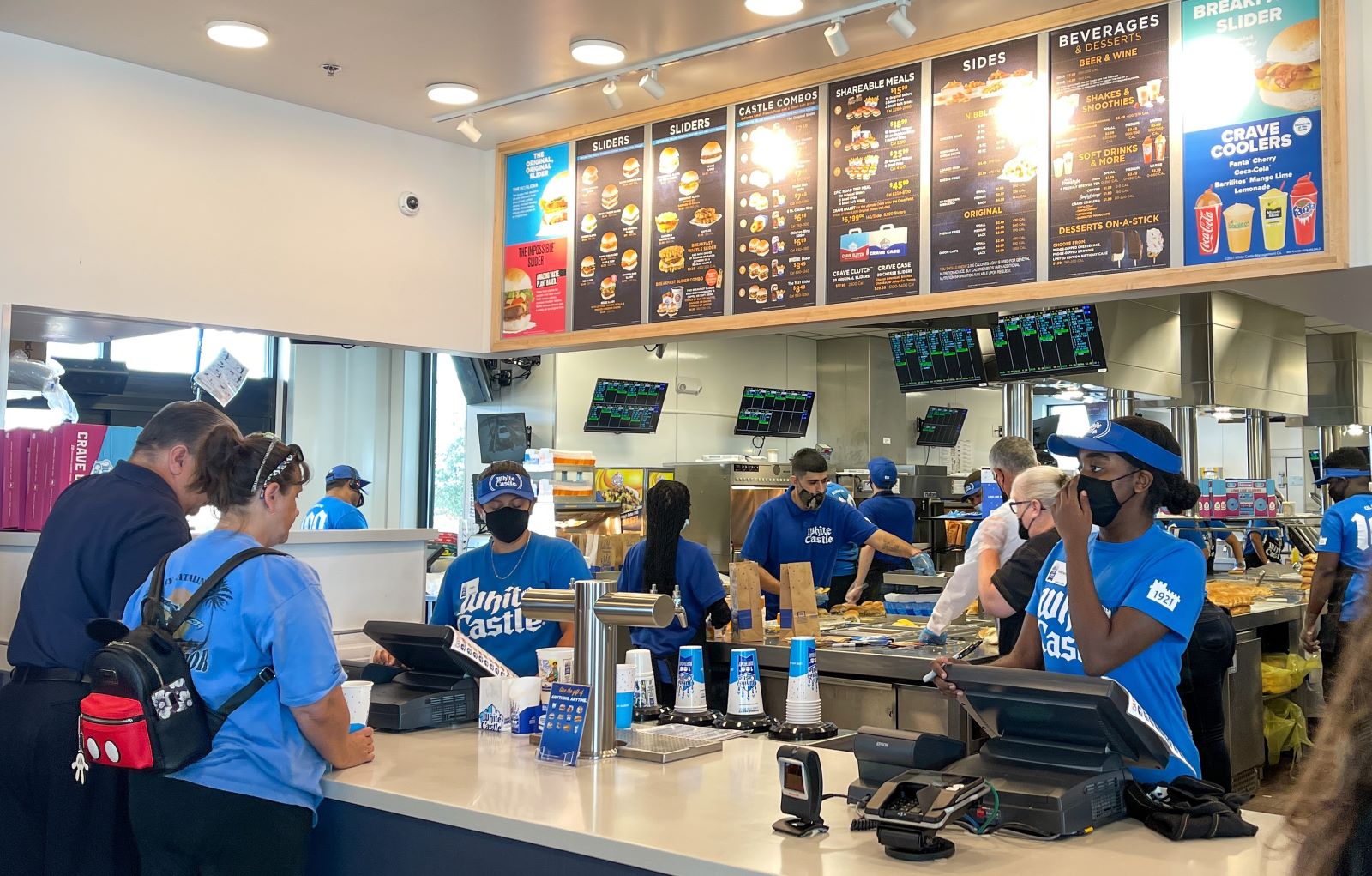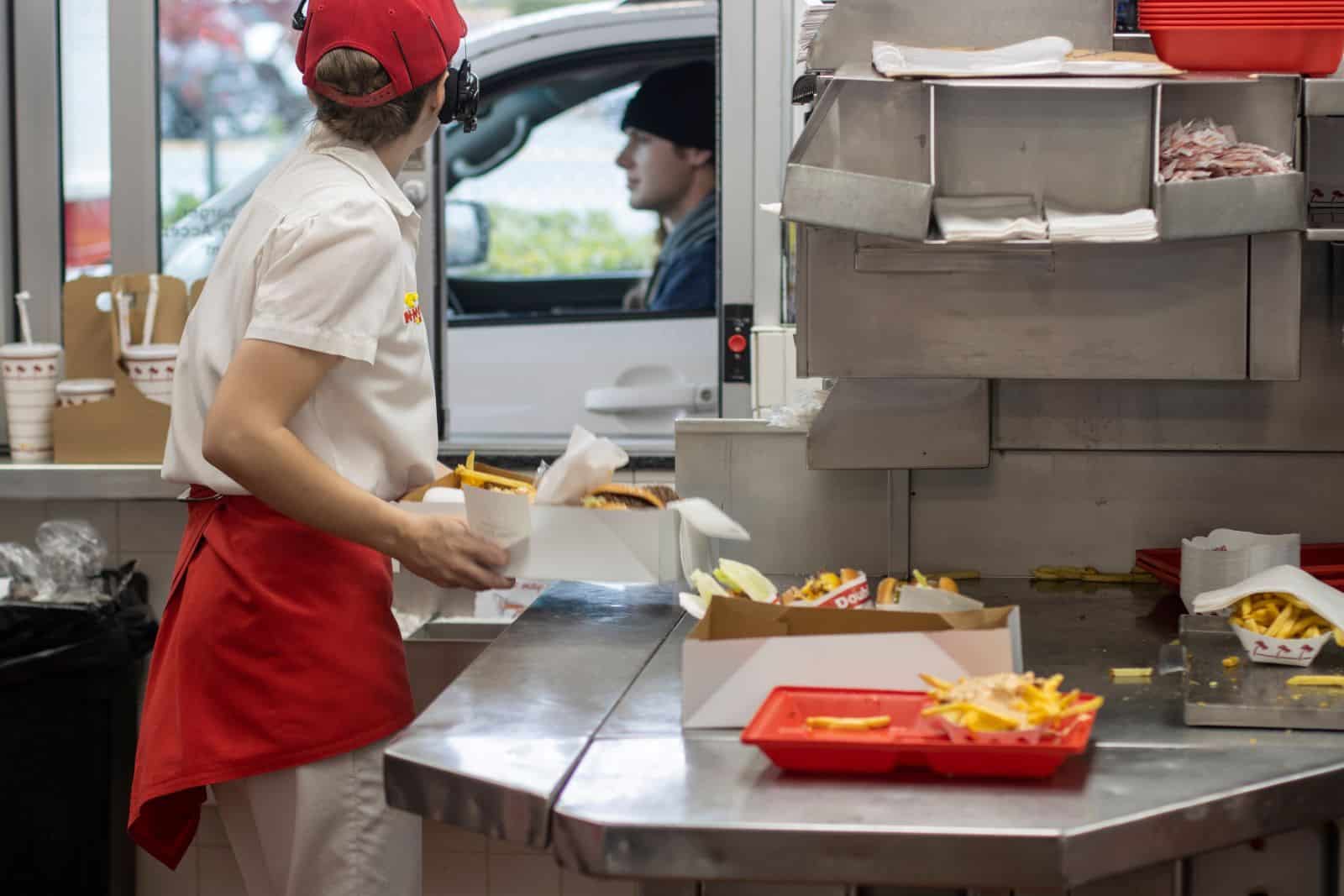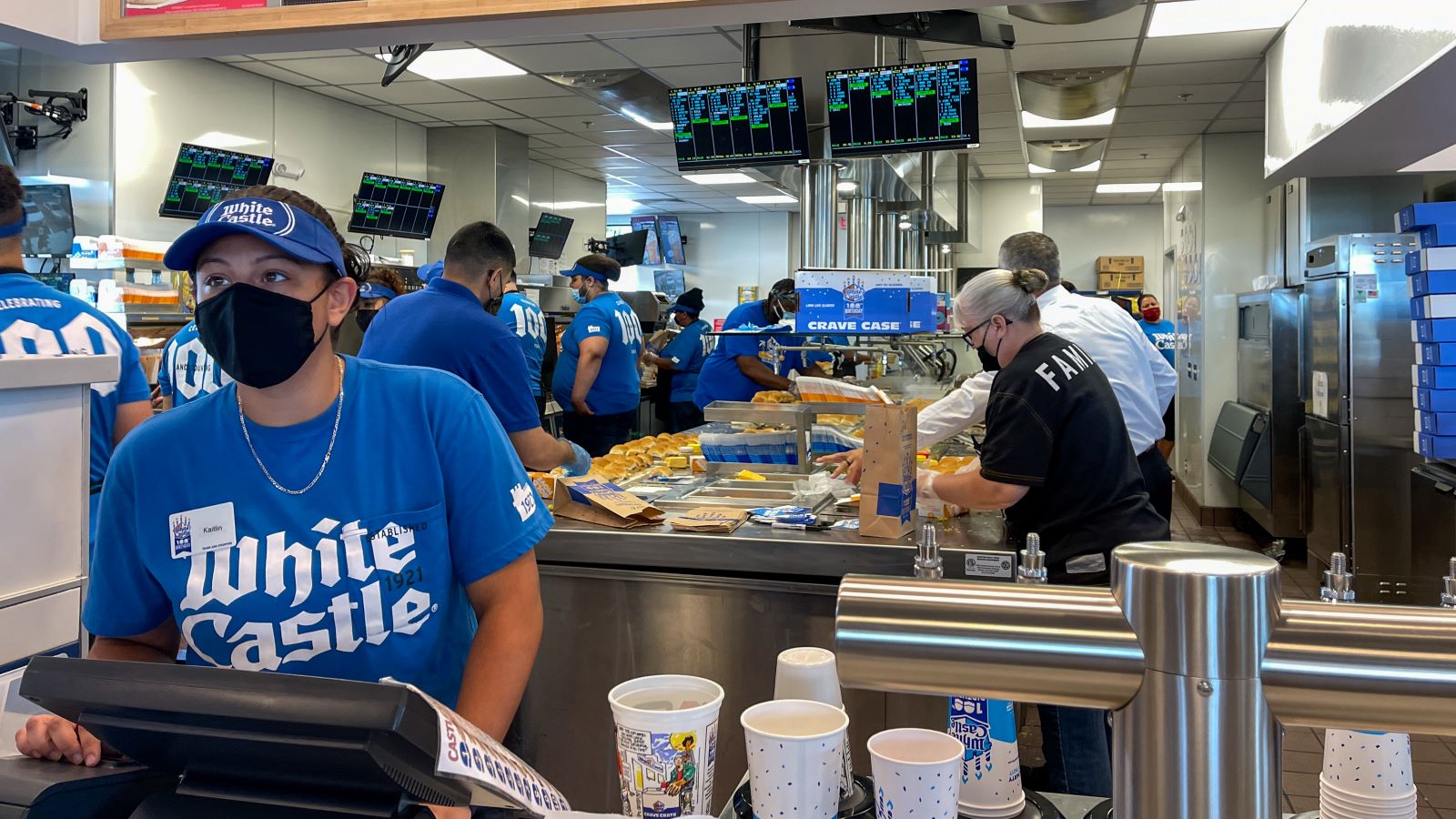As inflation continues to squeeze American households, White Castle has launched a bold pricing strategy that could ignite a full-blown price war across the fast-food industry.
Smart Tactics

The decision to slash prices on their iconic sliders is more than a simple promotional tactic—it’s a strategic maneuver aimed at reclaiming a share of the increasingly budget-conscious consumer market. But what does this mean for the industry and, more importantly, for the customers?
Slashing Prices

White Castle’s announcement to cut the price of its cheese sliders by over 30% is a significant move. For a limited time, customers can purchase a sack of 10 sliders for just $7.99, translating to less than 80 cents per burger.
Retro Pricing

This price harks back to levels not seen since 2011, offering a nostalgic appeal to consumers. However, in high-cost regions like New York and New Jersey, the same deal costs $8.99, reflecting regional economic disparities.
Why Now? The Inflation Factor

The timing of this price cut is no accident. With inflation eroding disposable incomes, Americans are becoming more selective about their dining choices. Fast food, once synonymous with affordability, has also seen price increases, prompting consumers to reconsider their spending. White Castle’s price cut is a direct response to these economic pressures, aiming to lure back customers who might otherwise choose to eat at home.
Competing for Consumer Dollars

Fast-food giants like McDonald’s and Taco Bell have also introduced value meals, signaling a broader industry shift towards budget-friendly options. McDonald’s $5 combo meals and Taco Bell’s $1.49 Cravings Value Menu are clear indicators that the battle for the budget-conscious consumer is heating up.
The True Cost of Cheap Burgers

While these price cuts might seem like a win for consumers, there’s a darker side to this story. The race to offer cheaper meals could lead to compromises in food quality. Fast food is already criticized for its reliance on low-cost, low-quality ingredients. As prices drop, the nutritional value and quality of these meals may decline further, raising concerns about the long-term health implications for consumers.
Regional Disparities: Why Location Matters

The fact that White Castle’s pricing varies by region underscores the economic differences across the country. While $7.99 might be a bargain in the Midwest, customers in New York and New Jersey are paying a dollar more for the same meal.
The Strategic Shift: Expanding Beyond the Drive-Thru

In addition to slashing prices, White Castle is diversifying its offerings by expanding into grocery stores with products like frozen Castle Bites. This is part of a broader strategy to capture a share of the at-home dining market, which has grown as more Americans opt to eat at home. By offering frozen versions of its popular sliders, White Castle ensures that its brand remains relevant even as traditional restaurant sales face challenges.
Competitors’ Reactions: Joining the Price War

Other fast-food chains are not sitting idly by. In response to White Castle’s price cut, Jimmy John’s has rolled out their own value deals with $10 meal deals aimed at attracting budget-conscious consumers. The question now is how long these chains can sustain these low prices without compromising on quality.
Fast Food as a Barometer

The fast-food industry is often seen as a barometer of broader economic trends. As inflation drives up the cost of living, the shift towards value meals in the fast-food sector reflects the tightening of consumer wallets. This trend is likely to continue as long as economic pressures persist, making the fast-food price war a key area to watch in the coming months.
Consumer Behavior

The success of these pricing strategies ultimately depends on consumer behavior. While lower prices might attract more customers in the short term, there’s a risk that consumers will become accustomed to these deals, making it difficult for chains to raise prices again without losing business.
Health Implications: Cheap Food, High Costs?

As fast-food chains compete on price, there’s a growing concern about the health implications of cheaper meals. Lower prices often mean lower-quality ingredients, which could exacerbate the public health issues associated with fast food. With obesity and diet-related illnesses already on the rise, the push for cheaper fast food could have serious consequences for public health.
Economic Sustainability

One of the key questions in this unfolding price war is whether fast-food chains can sustain these low prices in the long term. While the initial price cuts may boost sales, they also squeeze profit margins, potentially leading to cost-cutting measures that could affect everything from food quality to employee wages. This raises concerns about the long-term sustainability of these pricing strategies.
The Broader Impact: What This Means for the Industry

The fast-food price war is likely to have far-reaching implications for the industry. As large chains compete on price, smaller chains will struggle to compete with the pricing power of larger, national brands.
A Race to the Bottom?

White Castle’s price cut may be just the beginning of a larger trend in the fast-food industry. As companies scramble to offer the lowest prices, the real cost of these deals—whether in terms of food quality, public health, or economic sustainability—remains to be seen.
An Uncertain Future

The fast-food industry is entering uncharted territory, and the outcome of this price war could reshape the landscape of cheap eats for years to come.
20 Foods You Should Never Put on Your Plate

Listen up—these foods might seem harmless, but they’re secretly sabotaging your health. They look innocent in your kitchen, but trust me, they’re trouble. Here’s a quick rundown of 20 foods that aren’t as friendly as they seem. Consider this your heads-up! 20 Foods You Should Never Put on Your Plate
Taco Bell’s Biggest Value Meal Ever Hits the Market

America’s most popular Mexican-American fast food chain has joined the so-called “fast food wars,” offering new meal deals to bring customers through their doors. Taco Bell’s Biggest Value Meal Ever Hits the Market
Cut These 20 Ultra-Processed Foods from Your Diet

American supermarket shelves may dazzle with convenience and flavor, but beneath the flashy packaging lurks a world of ultra-processed foods. Can you decipher labels to make healthier choices for your well-being? Cut These 20 Ultra-Processed Foods from Your Diet
Featured Image Credit: Shutterstock / James R. Martin.
The content of this article is for informational purposes only and does not constitute or replace professional advice.
The images used are for illustrative purposes only and may not represent the actual people or places mentioned in the article.
For transparency, this content was partly developed with AI assistance and carefully curated by an experienced editor to be informative and ensure accuracy.

